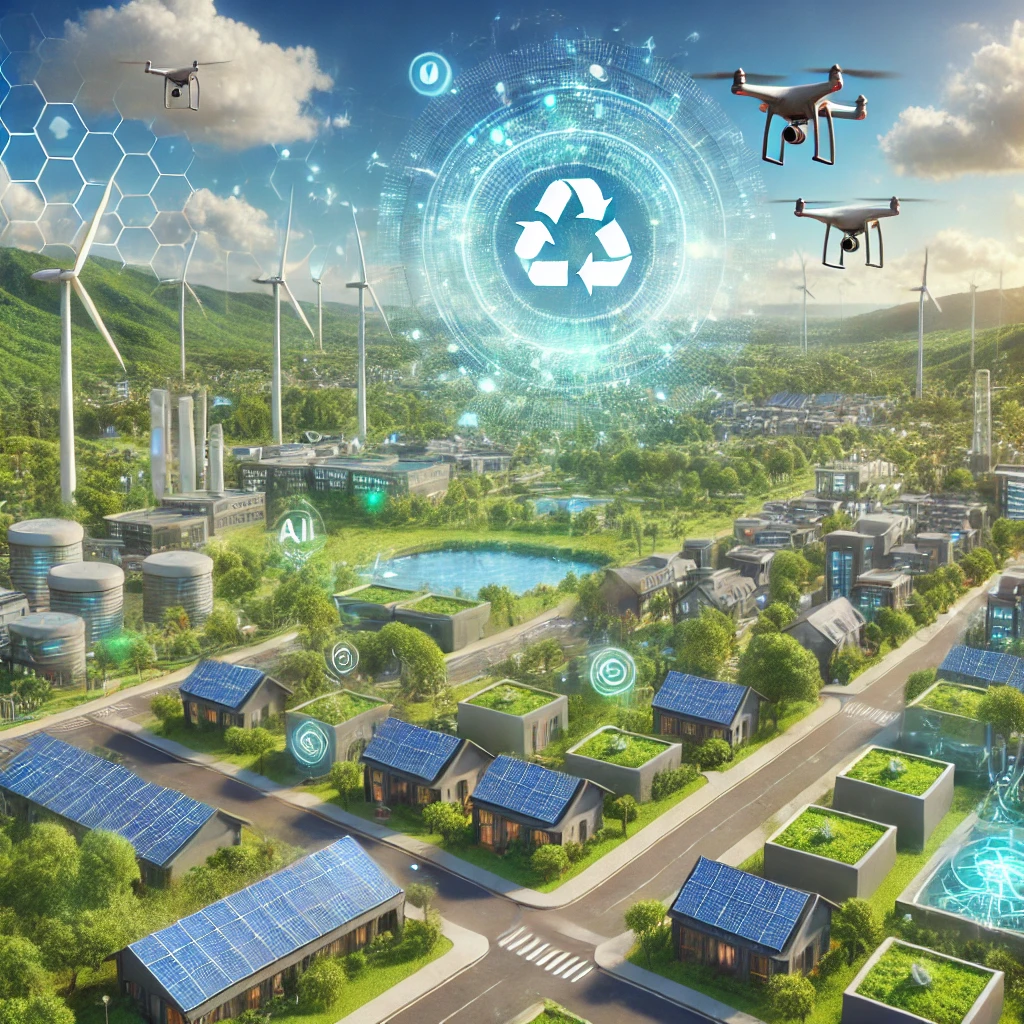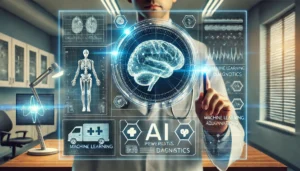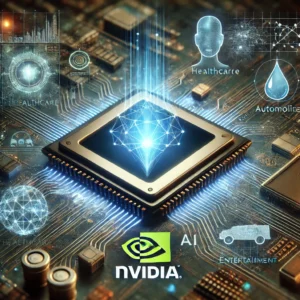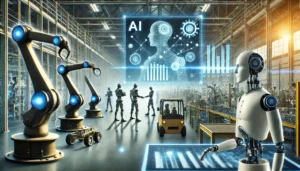How AI and Green Technology Are Teaming Up to Combat Climate Change
Introduction
Climate change is no longer a distant threat—it’s happening now. From rising sea levels to extreme weather patterns, the consequences of climate change are undeniable. Thankfully, technology offers innovative solutions, and two powerful forces, Artificial Intelligence (AI) and green technology, are joining hands to address these challenges head-on.
Understanding AI and Green Technology
What is Artificial Intelligence?
Artificial Intelligence refers to the simulation of human intelligence by machines. It’s all about teaching computers to think, learn, and make decisions. From algorithms that analyze data to systems predicting outcomes, AI is revolutionizing industries worldwide.
What is Green Technology?
Green technology focuses on creating sustainable solutions to protect the environment. It includes innovations that reduce carbon footprints, optimize energy use, and promote renewable resources.
Key Features of Green Technology:
- Energy-efficient systems
- Renewable energy sources like solar and wind
- Eco-friendly manufacturing processes
AI’s Role in Green Technology Innovations
AI for Renewable Energy Optimization
AI plays a pivotal role in optimizing renewable energy systems.
Smart Grid Systems
Smart grids use AI to manage electricity distribution efficiently, minimizing wastage and ensuring energy reaches where it’s needed.
Wind and Solar Energy Forecasting
AI algorithms predict weather patterns, helping renewable energy systems generate and store energy effectively.
AI in Reducing Carbon Emissions
Efficient Transportation Systems
AI supports smart traffic systems, reducing congestion and emissions in urban areas. Autonomous electric vehicles are another promising application.
Carbon Capture Technologies
AI-enhanced systems identify and capture carbon emissions, making industrial processes more sustainable.
Green Technology’s Contributions to AI Development
Sustainable AI Models
Energy-Efficient Data Centers
AI systems require vast computational power, leading to high energy consumption. Green tech helps design energy-efficient data centers to reduce this impact.
Recycling Electronic Waste
Green tech initiatives promote the recycling of AI hardware, reducing environmental damage.
Green Tech Supporting AI Research
Green innovations create eco-friendly environments for AI experimentation, encouraging more sustainable advancements.
Collaborative Applications
AI-Driven Agriculture for Sustainability
Precision Farming
AI analyzes soil data to determine the best planting techniques, reducing water and pesticide usage.
Reducing Food Waste
AI-powered supply chain systems track inventory, minimizing food wastage.
Urban Planning and Smart Cities
AI-Assisted Waste Management
AI optimizes waste collection routes and improves recycling processes in smart cities.
Energy-Efficient Infrastructure
Green technology collaborates with AI to design energy-saving buildings and urban layouts.
Case Studies and Real-World Applications
Notable Success Stories
AI in Forest Conservation
Drones and AI algorithms monitor deforestation, providing real-time data to conservationists.
Green Technology in Water Management
AI-powered sensors detect leaks and optimize water distribution systems.
Challenges and Ethical Considerations
Ethical AI and Green Tech Usage
Data Privacy Concerns
The extensive use of AI raises concerns about data security and privacy.
Tech Accessibility
Ensuring equitable access to these technologies remains a significant challenge.
Future Trends and Opportunities
Emerging AI-Green Tech Innovations
Expect breakthroughs in carbon-neutral AI systems and green-powered robotics.
How Industries Can Adapt
Industries must invest in AI-green tech solutions to stay competitive and sustainable.
Conclusion
AI and green technology represent a dynamic duo in the fight against climate change. By combining the analytical prowess of AI with the sustainability focus of green tech, humanity has a powerful toolkit to tackle environmental challenges.
FAQs
1. How does AI improve renewable energy?
AI optimizes energy production and storage, ensuring maximum efficiency and minimal waste.
2. Can green technology help mitigate urban pollution?
Yes, innovations like smart grids, clean transportation, and waste management systems reduce urban pollution.
3. What are some successful examples of AI-green tech integration?
Notable examples include AI-driven smart grids, precision farming, and autonomous electric vehicles.
4. What industries benefit the most from these technologies?
Energy, agriculture, transportation, and urban planning are major beneficiaries.
5. How can individuals support AI and green tech initiatives?
By adopting renewable energy sources, supporting sustainable products, and advocating for eco-friendly policies.
Please don’t forget to leave a review.
on techcyclohub
___________________________________________________________________________________________________
Book Recommendations
- “Life 3.0: Being Human in the Age of Artificial Intelligence” by Max Tegmark
- Explores AI’s potential to reshape humanity, including its role in sustainability.
- “The Sixth Extinction: An Unnatural History” by Elizabeth Kolbert
- Delves into environmental challenges and how technology can help mitigate them.
- “Clean Disruption of Energy and Transportation” by Tony Seba
- A deep dive into the future of clean energy and the impact of green technology.
- “AI Superpowers: China, Silicon Valley, and the New World Order” by Kai-Fu Lee
- Examines global AI trends and their potential to address critical issues like climate change.
- “Drawdown: The Most Comprehensive Plan Ever Proposed to Reverse Global Warming” edited by Paul Hawken
- Offers actionable solutions to combat climate change, highlighting green tech and AI innovations.








